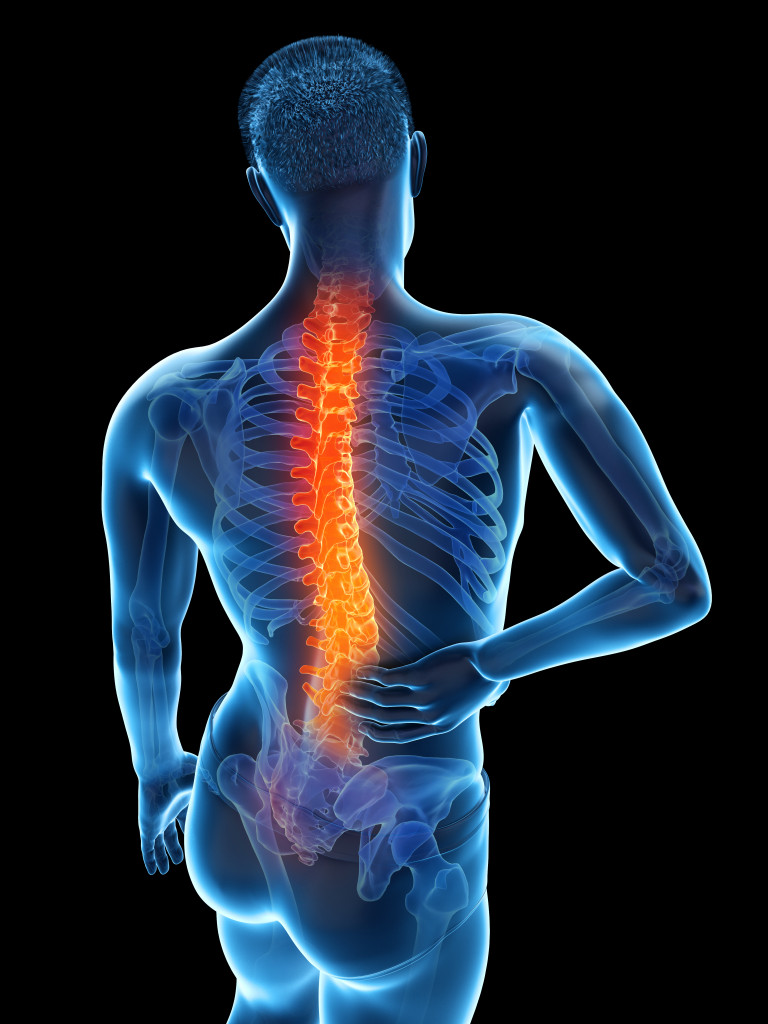Osteogenesis imperfecta (OI) is a genetic disorder that affects the bones, resulting in fragile and brittle bones. It is also known as “brittle bone disease” due to its severity. It’s a relatively rare disease affecting only around 50,000 people in the country, but it’s still problematic.
People with OI may experience frequent fractures, chronic pain, joint deformities, scoliosis, and other physical disabilities. There is no cure for OI, but treatments are available to manage the symptoms. Let’s look at how this condition works and how it can be managed.
What Causes Osteogenesis Imperfecta?
Osteogenesis imperfecta is caused by a genetic mutation that affects the production of collagen in the body. Collagen helps give bones their strength and elasticity, so when there is not enough collagen produced due to the mutation, bones can become weak and brittle. This genetic mutation can be inherited from parents or occur spontaneously during fetal development.
The most common symptom of OI is frequent fractures or broken bones. People with this condition are more prone to fractures than those without it, even when subjected to minor or no trauma. In addition to frequent fractures, people with OI may experience short stature and deformity of their arms and legs. Other signs include brittle teeth, hearing loss, scoliosis, vision problems, joint laxity or hypermobility, blue sclera (the whites of the eyes), chest wall deformities, and skeletal malformations such as bowed legs and curved spine. However, OI can also affect other body parts, such as the teeth and the jaw.
Teeth
The teeth are made of both collagen and mineral. As such, the teeth of people with OI can be more prone to fractures and tooth loss. That’s why people with OI require replacement teeth services to replace any teeth they’ve lost from the condition. These implants are made of strong and durable material; since the body does not make them, they can weather the test of time.
Jaw
The jaw is also susceptible to fractures in people with OI, so people may also need dental implants. These implants are custom-fitted to the jaw, helping to support any weak bone structure and prevent future fractures.

Risk Factors
Certain risk factors increase the chances of developing OI, including age and gender. This disorder typically appears during infancy but can also manifest later in life; men are more likely than women to develop symptoms after adolescence. People with a family history of OI may also have an increased chance of developing this disorder. Additionally, specific medical treatments—such as those involving high doses of Vitamin A—have been linked to an increased risk of developing OI.
Managing Osteogenesis Imperfecta
People with OI must take extra care to prevent fractures by avoiding contact sports or activities where they could be injured easily. They should also wear protective clothing such as helmets or body armor when participating in any physical activity that could cause injury.
Additionally, people with OI should use assistive devices such as canes, walkers, wheelchairs, or braces to help them keep their balance and reduce the risk of falls. Physical therapy can also help strengthen muscles which can help provide support for weakened bones and reduce pain associated with OI. Finally, medications can help people with OI. Here are some medicines known to manage OI.
Bisphosphonates
This medicine is made of absorbed and stored calcium, which can prevent the onset of bone pain and fractures.
Glucocorticoids
This type of medication is used to boost collagen production as well as reduce inflammation in OI patients.
Supplemental Vitamin D
People with OI also need to get enough vitamin D, which helps the body absorb and use calcium. They can do this by taking vitamin D supplements or eating foods rich in vitamin D, such as fish, eggs, and dairy products.
People with OI should also have a diet to help deal with the condition. Their diet often consists of calcium and vitamin D foods, such as milk and dairy products, eggs, fish, fortified cereals, and tofu. Additionally, they should avoid drinking too much alcohol or smoking cigarettes to reduce their risk of developing additional health issues due to OI. Overall, people with OI can live a long and happy life with the proper care and support.
People with osteogenesis imperfecta suffer from weak and brittle bones, making it challenging to lead an active life without fear of injury or fracture. While there is no cure for this condition, treatments can help manage its symptoms. With proper care and management strategies in place, those with this condition can lead healthy lives filled with activities they enjoy without worrying about fractures or other complications from their fragile bones.

